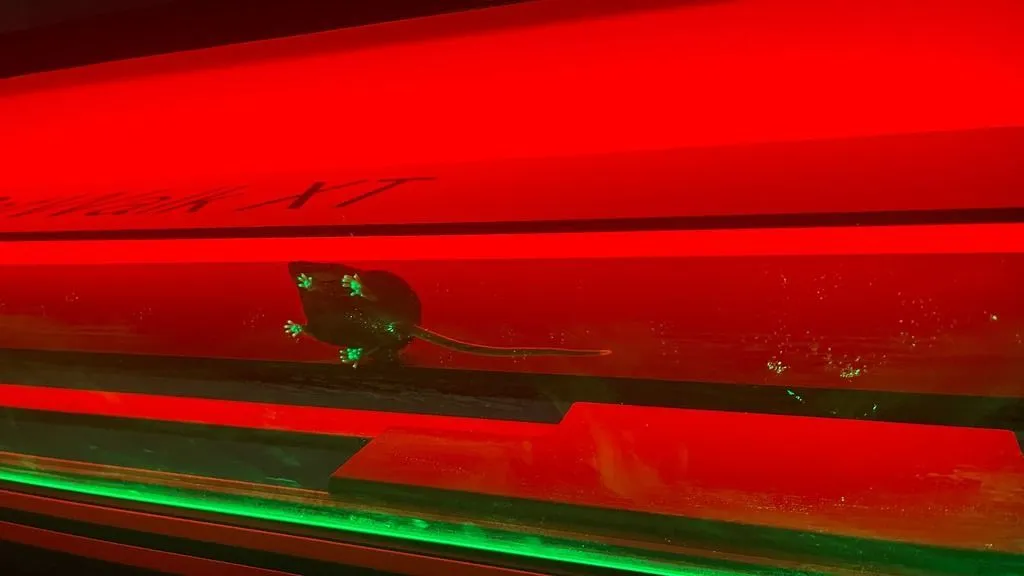All I need to know about CatWalk XT
Want to learn more about CatWalk XT? We have a great variety of materials for you to read and watch.
- Extensive ebooks
- Interesting white papers
- Enlightening videos
These materials will help you better understand the ins and outs of your gait analysis system.

CatWalk XT videos
Everything you want to know about CatWalk XT in 4 minutes
Product Manager, Reinko Roelofs, tells about CatWalk XT, the complete gait analysis system. In this 4 minute video Reinko explains the why, what and how of using CatWalk XT.
Customer succes story Diana Price
NeuroPore Therapies does important research in the field of neurodegenerative disorders. Dr. Diana Price, Dr. Asma Khan and Robert Johnson are currently using CatWalk XT to study Parkinson’s disease.
The speed of CatWalk's automatic Footprint Classification
In CatWalk XT, automatic footprint classification is extremely fast. Have a quick look at how CatWalk XT analyzes and classifies your data in this video.